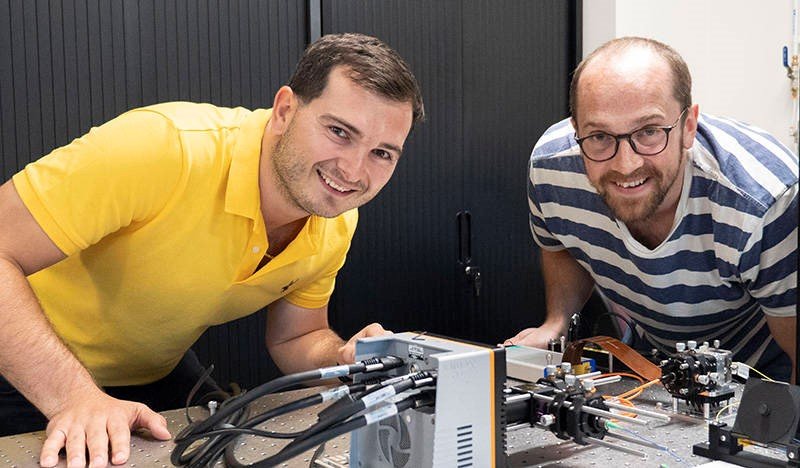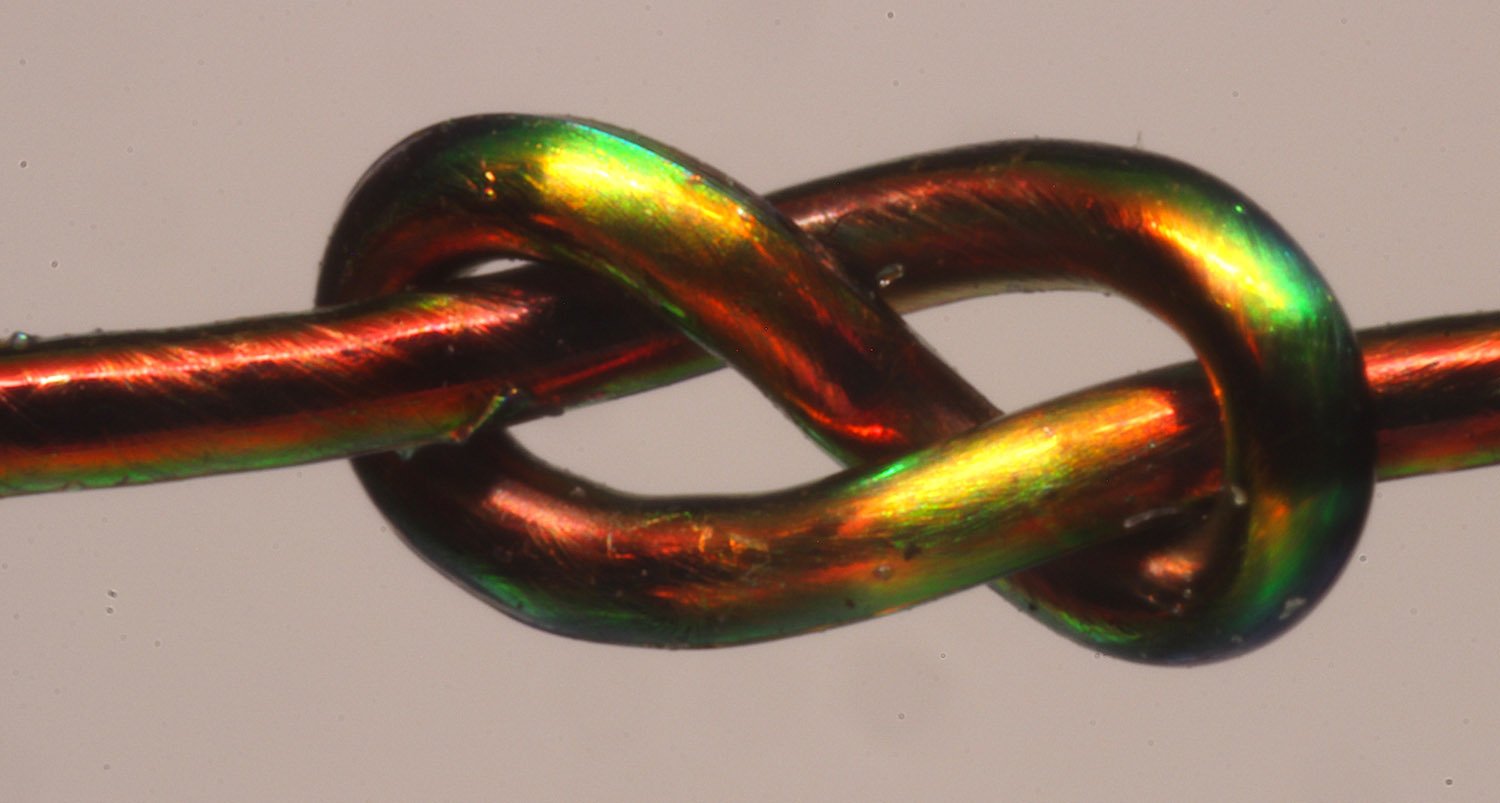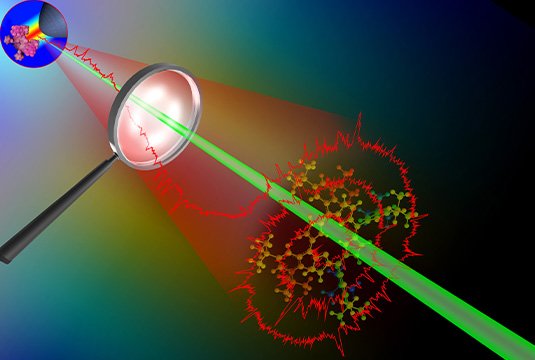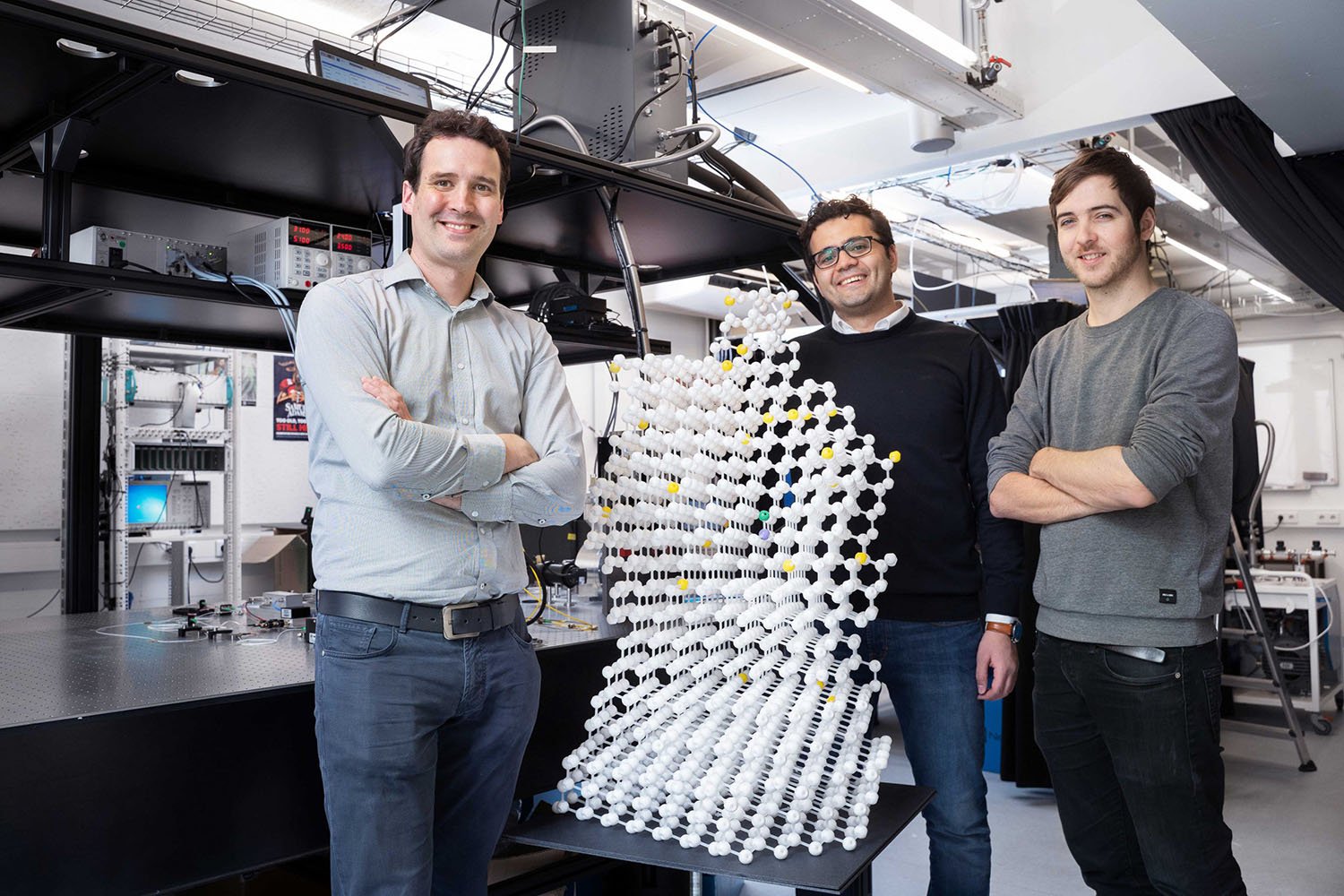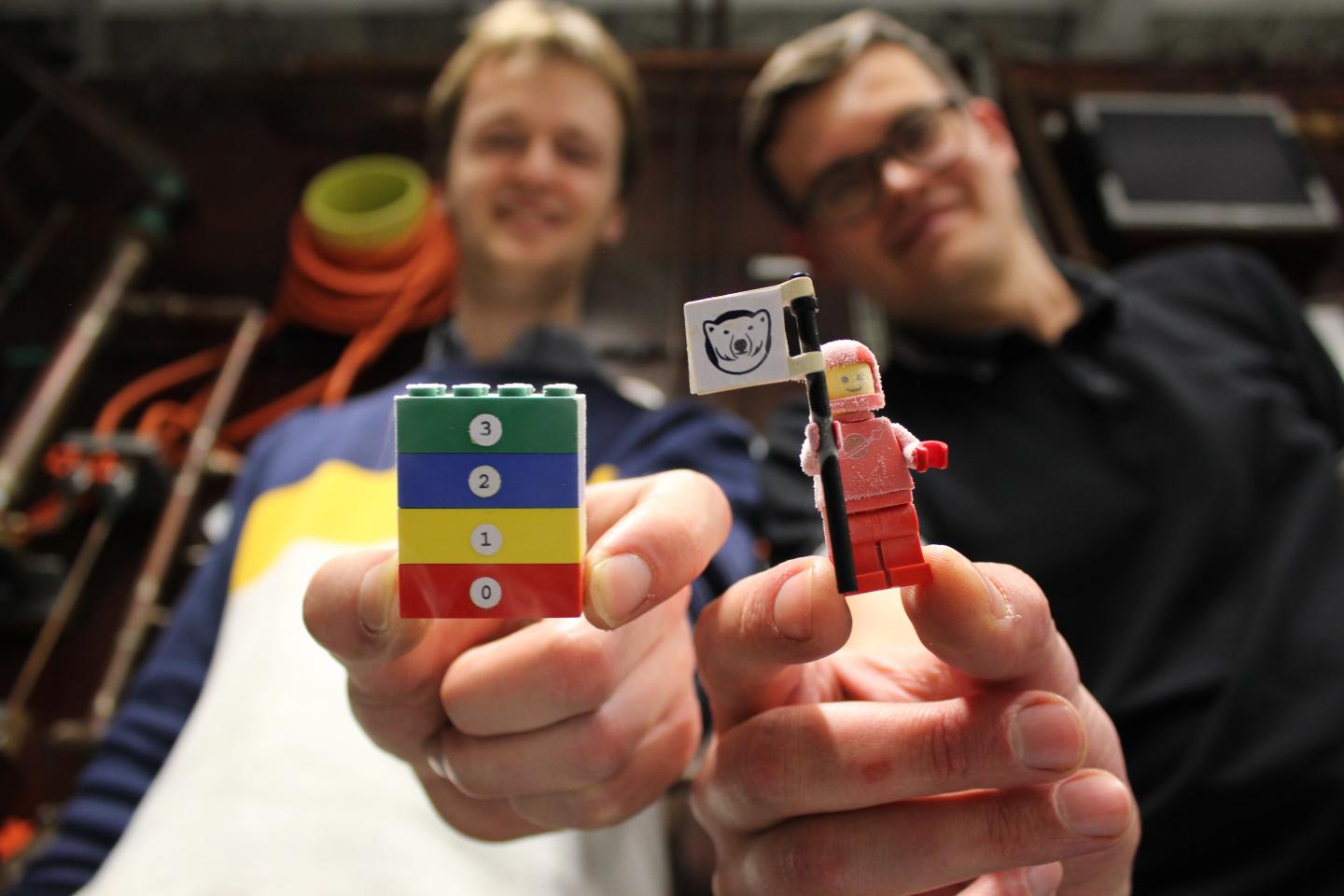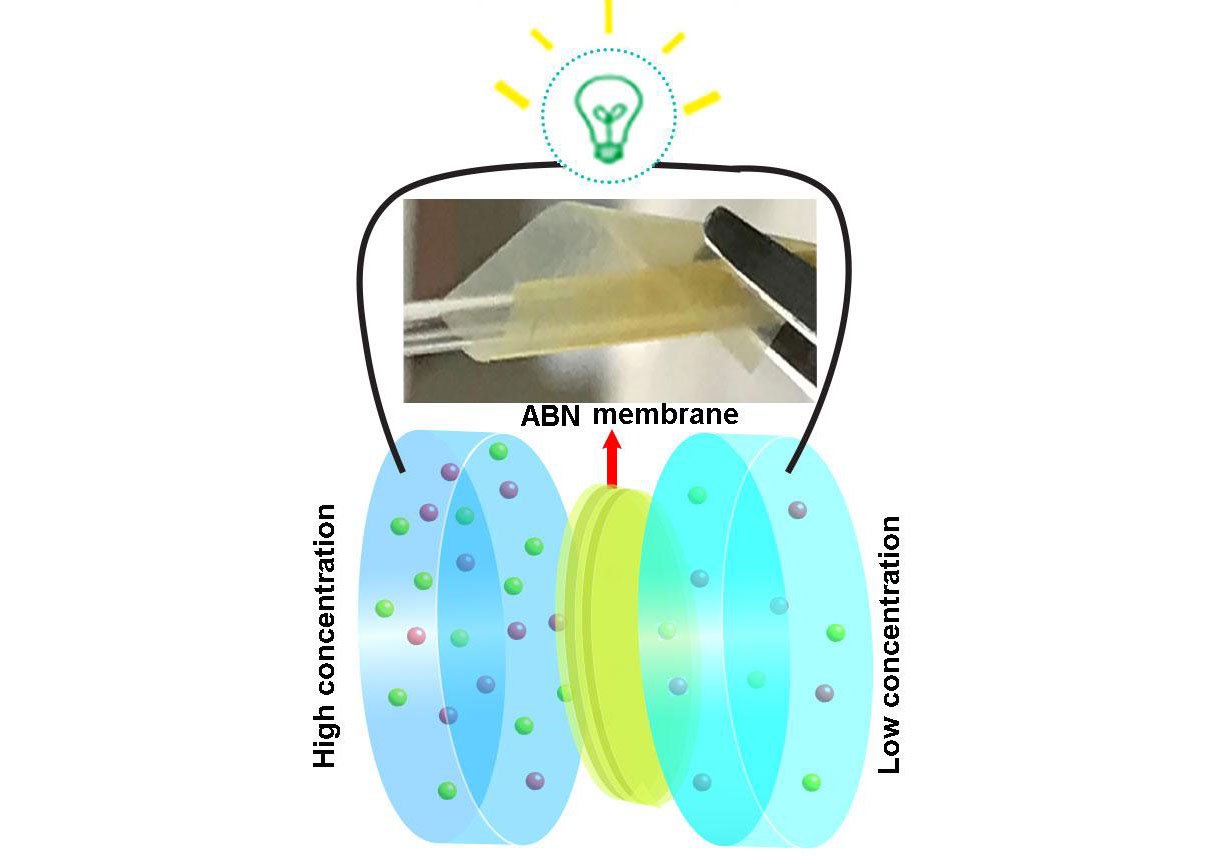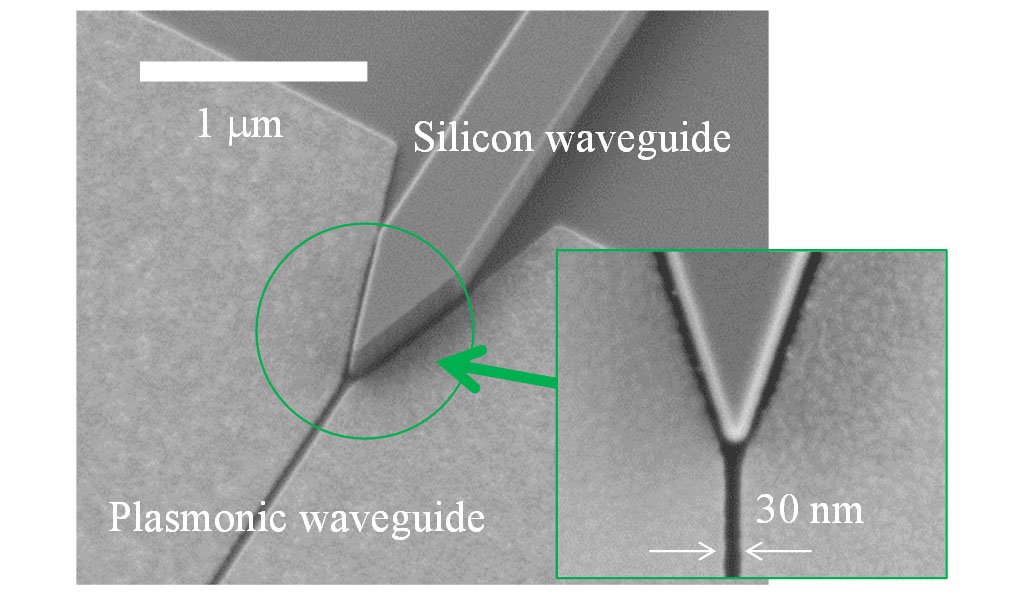Cutting through fog with laser focus
Research from The University of Queensland aimed at controlling light in scattering materials, such as fog or biological tissues, will benefit future biomedical imaging and telecommunications. Optics researchers Dr Mickael Mounaix and Dr Joel Carpenter have found a new way of controlling how light travels through different materials at different times using optical fibres. “The … Read more
